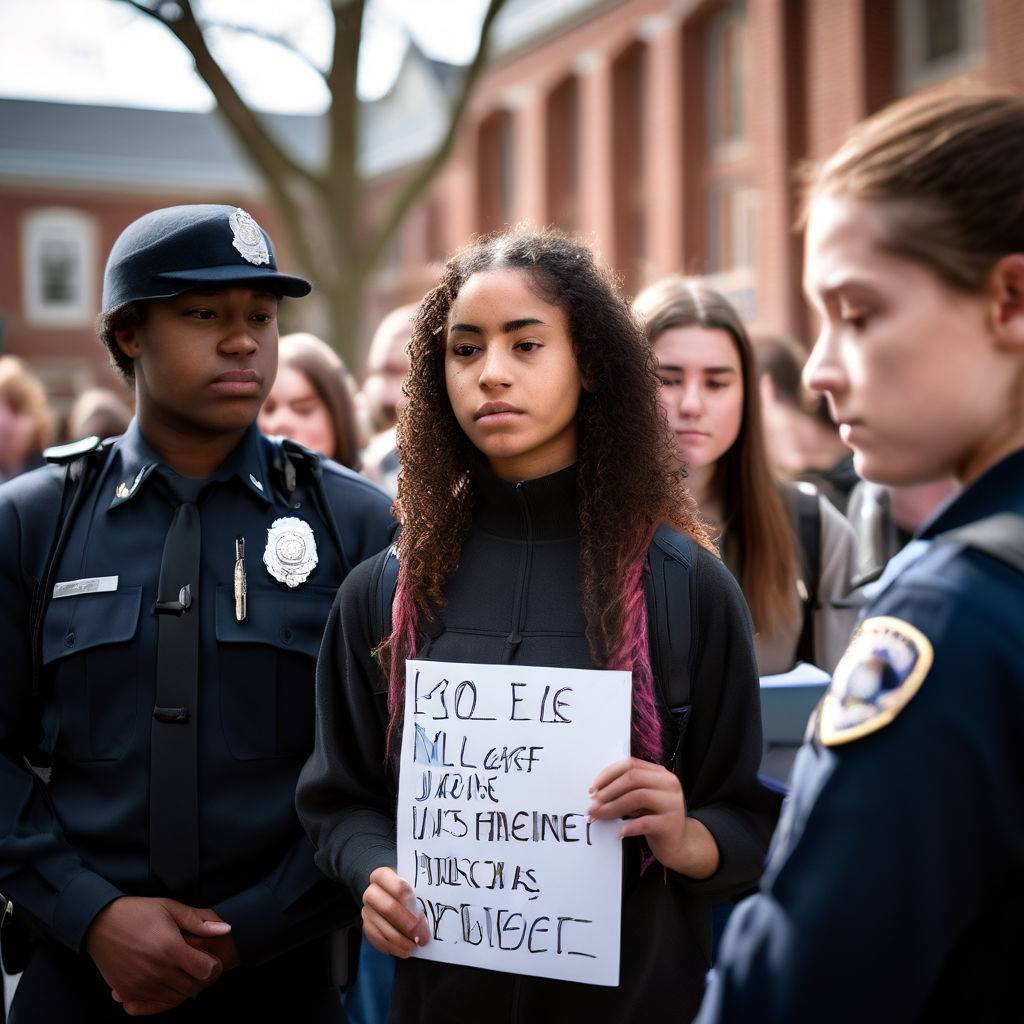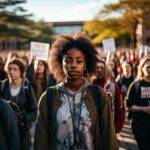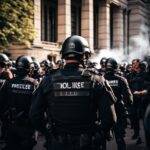New York City Mayor Eric Adams expressed concerns about potential outside agitators orchestrating the pro-Palestinian encampment on Columbia University’s Upper Manhattan campus, according to his interview with Good Day New York. The encampment, set up by pro-Palestinian student protesters, has sparked tensions and raised questions about the involvement of external influences.
Outside Agitators and Allegations of Antisemitism
Mayor Adams likened the situation to past instances, such as the Black Lives Matter marches, suggesting a pattern of disruption by outside elements. He raised alarms about the encampment’s organization, pointing to the use of similar tents by many demonstrators as a possible indicator of external involvement.
While the protesters demand that Columbia University denounce Israel’s actions in Gaza and divest from companies selling weapons to Israel, concerns have emerged regarding alleged antisemitic behavior among some demonstrators. Instances reported by The New York Times, including the display of a sign insinuating Jewish students as targets of Hamas, have fueled these concerns.
Responses and Reactions
Officials, including the NYPD Commissioner Kaz Daughtry, have indicated the presence of known professional agitators at the protests. However, claims of outside agitators have faced scrutiny, with some sources labeling them as baseless. Mayor Adams referenced a Wall Street Journal report, suggesting a link between anarchists and disruptive behavior during the 2020 Black Lives Matter protests.
During recent protests, tensions escalated, leading to clashes between students and law enforcement. House Speaker Mike Johnson encountered vocal opposition during his visit to Columbia University, facing boos and chants from protesting students.
Historical Context of Outside Agitators
The term outside agitators has a contentious history in American discourse, often used to undermine protests and shift focus from underlying grievances. According to experts cited by The New York Times, CNN, and NPR, the concept has been historically employed to discredit movements, including those advocating against racism and injustice.
Professor Peniel Joseph from the University of Texas at Austin highlighted the term’s usage throughout history to defend white supremacy and corporate interests, indicating its broader implications beyond individual protests.
Navigating Complexities
The situation at Columbia University underscores the complexities surrounding protests, activism, and external influences. As debates continue about the role of external actors in shaping demonstrations, it remains essential to address grievances while upholding principles of safety, inclusivity, and respectful discourse.
(Image source: Barry Williams for New York Daily News/Tribune News Service via Getty Images, Selcuk Acar/Anadolu via Getty Images)
Contributions to this report were made by The Associated Press.
For more news and updates, download The Local News App on your mobile device.









Leave a Reply